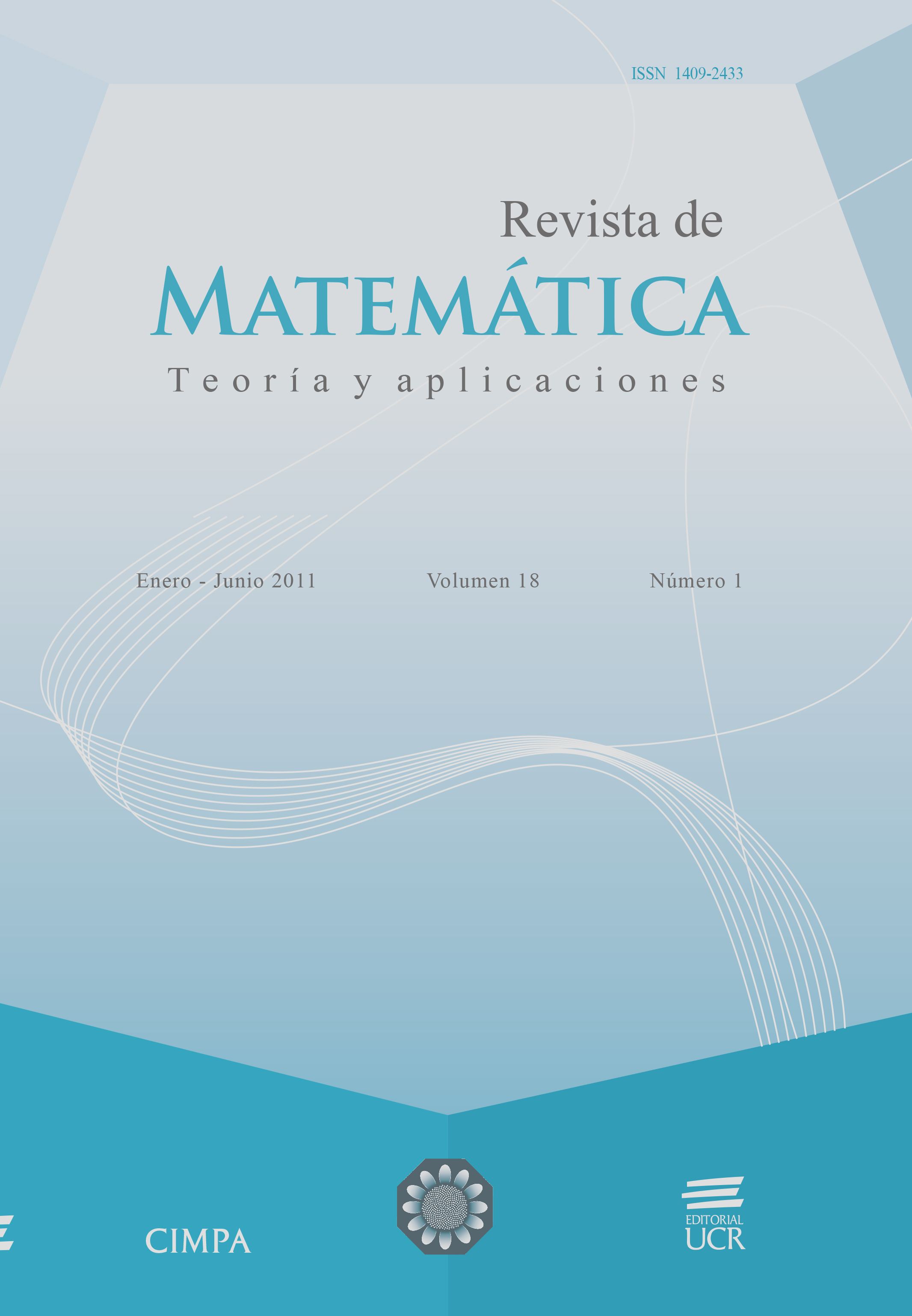Abstract
A model of an interaction between a manufacturer and the state where the manufacturer produces a single product and the state controls the level of pollution is created and investigated. A local economy with a stock pollution problem that must choose between productive and environmental investments (control functions) is considered. The model is described by a nonlinear system of two differential equations with two bounded controls. The best optimal strategy is found analytically with the use of the Pontryagin Maximum Principle and Green’s Theorem.
References
Brock, W.; Taylor, M.S. (2005) “Economic growth and the environment: a review of theory and empirics”, in: S. Durlauf & P. Aghion (Eds.) Handbook of Economic Growth, Elsevier, Amsterdam: 1749–1821.
World Bank (1992) World Development Report. Oxford University, New York.
Grossman, G.; Krueger, A. (1995) “Economic growth and the environment”, Quarterly Journal of Economics 110: 353–377.
Cabo, F.; Escudero, E.: Martin-Herran, G. (2006) “Time consistent agreement in an interregional differential game on pollution and trade”, International Game Theory Review 8(3): 369–393.
Jorgensen, S.; Zaccour, G. (2001) “Time consistent side payments in a dynamic game of downstream pollution”, Journal of Economic Dynamics and Control 25(2): 1973–1987.
Jorgensen, S.; Zaccour, G. (2003) “Agreeability and time-consistency in linear-state differential games”, Journal of Optimization Theory and Applications 119(1): 49–63.
Carraro, C. (1999) Envinonmental Conflict, Bargaining and Cooperation, Handbook of Environment and Resource Economics. Edward Elgar, Cheltenham.
Chimeli, A.; Braden, J.B. (2001) “Economic growth and the dynamics of environmental quality”, Encontro Brasileiro de Econometria 23: 379–398.
Holmaker, K.; Sterner, T. (1999) “Growth or environmental concern: which comes first? Optimal control with pure stock pollutants”, Environmental Economics and Policy Studies 2: 167–185.
Keeler, E.; Spence, M.: Zeckhauser, R. (1971) “The optimal control of pollution”, Journal of Economic Theory 4: 19–34.
del Brio, A.; Fernandez, E. (2007) “Customer interaction in environmental innovation: the case of cloth diaper laundering”, Service Business 1(2): 141–158.
Sethi, S.; Thompson, G. (2003) Optimal Control Theory: Application to Management Science and Economics. Kluwer Academic Publishers, Boston-Dordrecht-London.
Dockner, E.; Jorgensen, S. (2006) Differential Games in Economics and Management Science. Cambridge University Press, Cambridge.
Filippov, A.F. (1962) “On certain questions in the theory of optimal control, SIAM Journal on Control 1: 76–84.
Lee, E.B.; Marcus, L. (1967) Foundations of Optimal Control Theory. John Wiley & Sons, New York.
Bonnard, B.; Chyba, M. (2003) Singular Trajectories and their Role in Conrol Theory. Springer-Verlag, Berlin-Heidelberg-New York.
Hajek, O. (1991) Control Theory in the Plane, Lecture Notes in Control and Information Science 153. Springer-Verlag, Berlin-Heidelberg-New York.
Krabs, W. (1979) Optimization and Approximation. John Wiley & Sons, New York.
Mangasarian, O.L. (1994) Nonlinear Programming. SIAM, Philadelphia.
